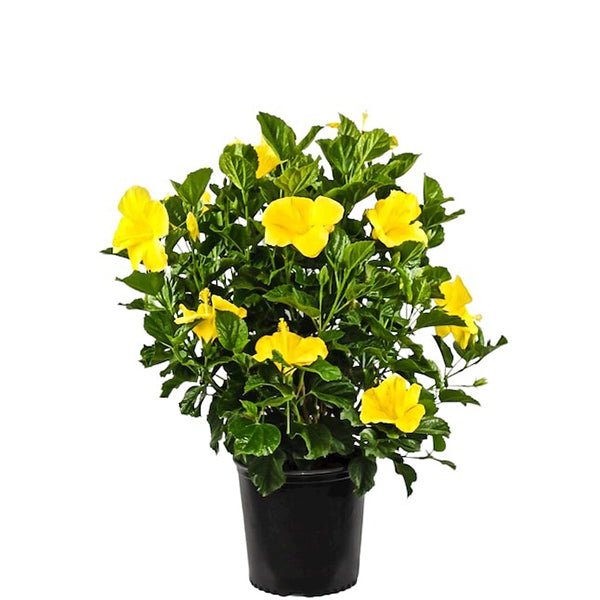
Hibiscus, Gudhal Flower (Yellow) - Plant
(MRP Inclusive of all taxes)
- Shipping ₹79 for entire order
- Dispatch in 7 days
- Country of origin: India

(MRP Inclusive of all taxes)
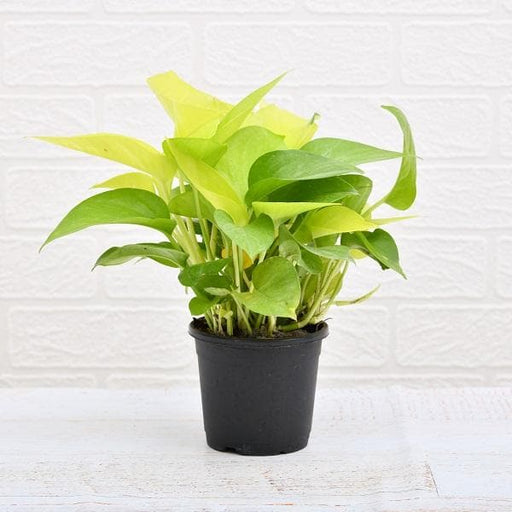 Save 29%
Save 29%
Air Purifier Money Plant with Pot The Air Purifier Money Plant, also known as Pothos or Epipremnum aureum, is a stunning indoor plant that...
View full details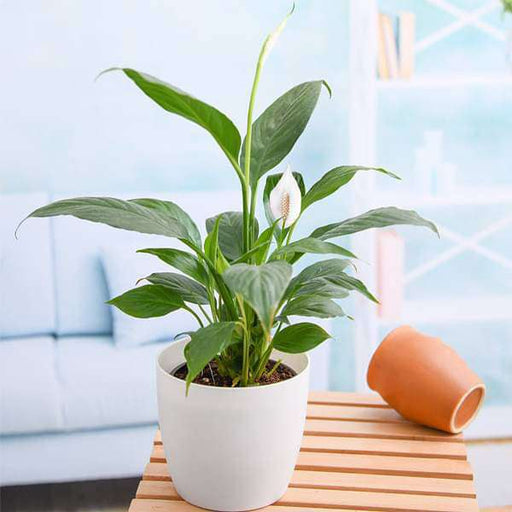
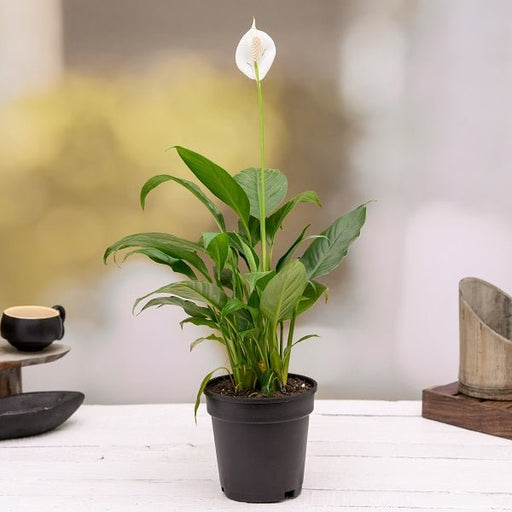 Save up to 15%
Save up to 15%
Peace Lily, Spathiphyllum - Plant The Peace Lily, scientifically known as Spathiphyllum, is a stunning houseplant celebrated for its elegant white...
View full details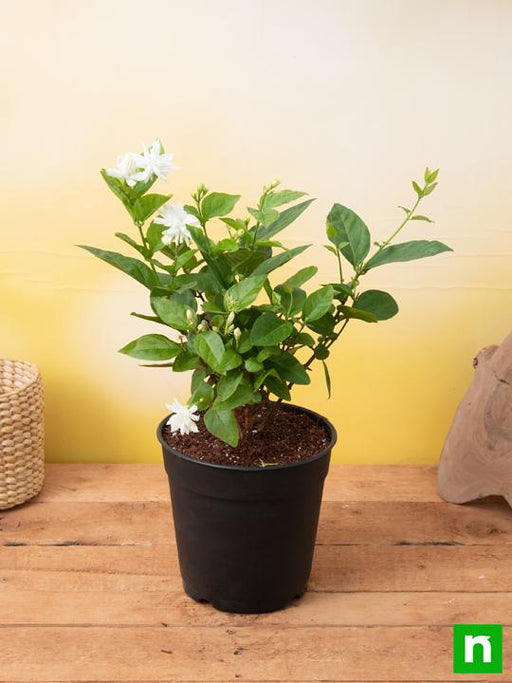
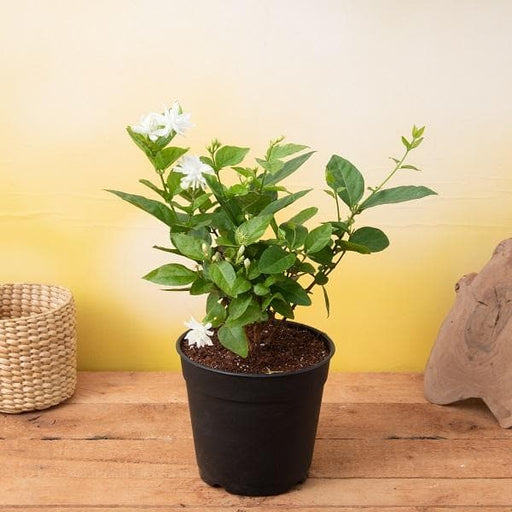 Save 25%
Save 25%
Jasminum sambac, Mogra, Arabian Jasmine - Plant Jasminum sambac, commonly known as Mogra or Arabian Jasmine, is a fragrant flowering plant...
View full details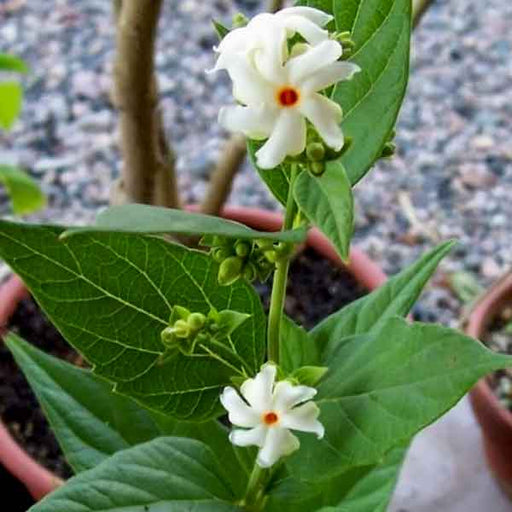
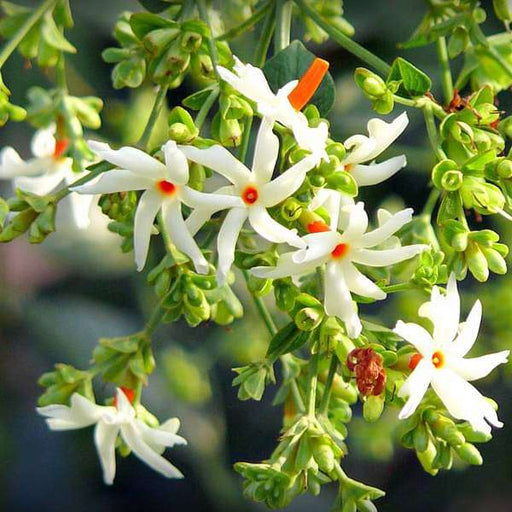 Save 18%
Save 18%
Combo Constituents Includes the Parijat Tree (Night-Flowering Jasmine), a culturally significant plant with fragrant flowers. Description The Pari...
View full details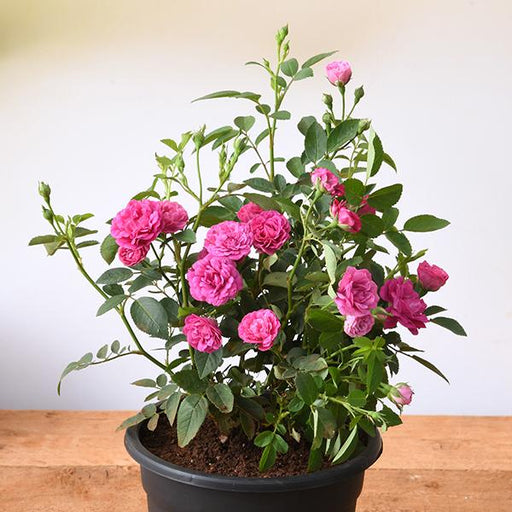
 Save 25%
Save 25%
Miniature Rose, Button Rose (Any Color) - Plant The Miniature Rose, also known as the Button Rose, is a charming and compact flowering plant that ...
View full details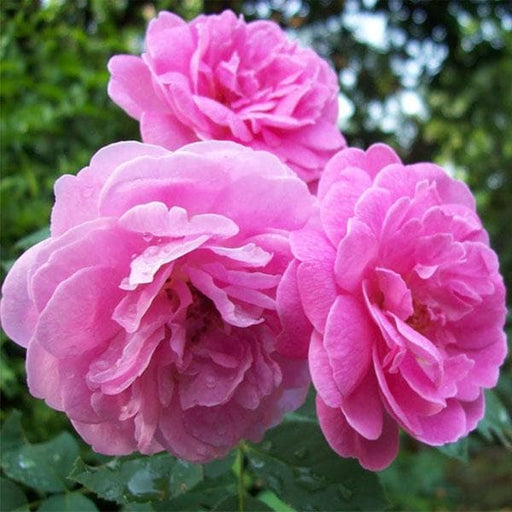 Save 25%
Save 25%
Damascus Rose, Scented Rose (Any Color) - Plant The Damascus Rose, also known as Rosa damascena, is a timeless symbol of beauty and romanc...
View full details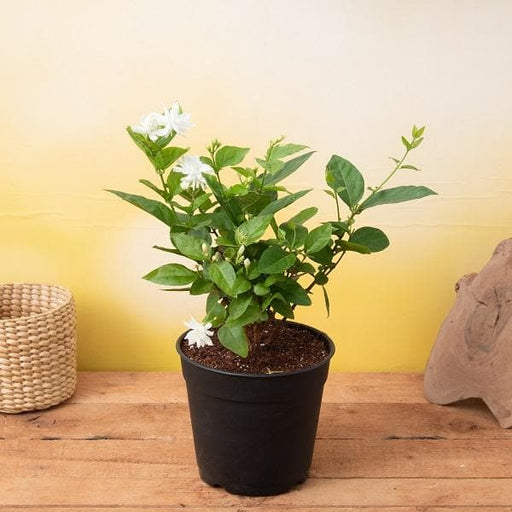
 Save 17%
Save 17%
Beautiful Fragrant Mogra, Arabian Jasmine Plant with Pot The Beautiful Fragrant Mogra, also known as Arabian Jasmine (Jasminum sambac), is...
View full details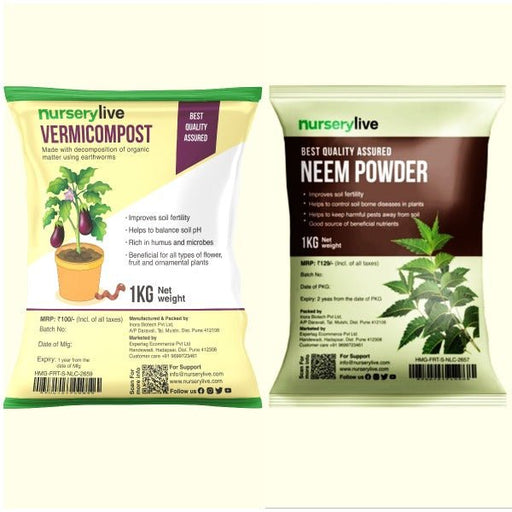 Save 15%
Save 15%
Pack of Vermicompost and Neem Cake for House Plants Transform your indoor garden with our premium Pack of Vermicompost and Neem Cake, spec...
View full details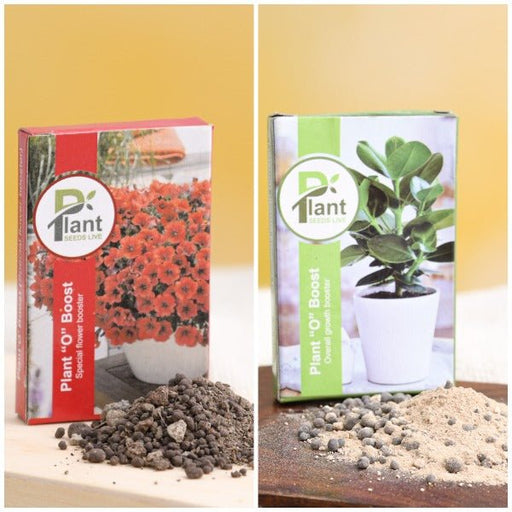
Pack of Plant Growth and Flower Boosters Unlock the full potential of your garden with our Pack of Plant Growth and Flower Boosters! This ...
View full details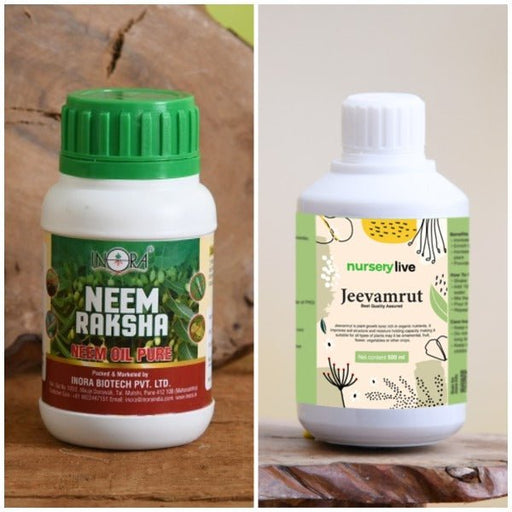 Save 38%
Save 38%
Combo of Jeevamrut and Neem Raksha for Easy Growth and Protection of Houseplants Transform your indoor garden with our exclusive combo of ...
View full details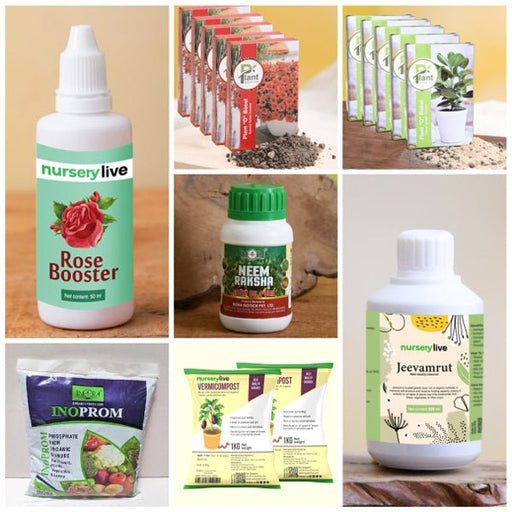 Save 22%
Save 22%
Plant Nutrients Kit (Pack of 16) for a Healthy Garden Transform your garden into a lush paradise with our Plant Nutrients Kit, featuring 1...
View full details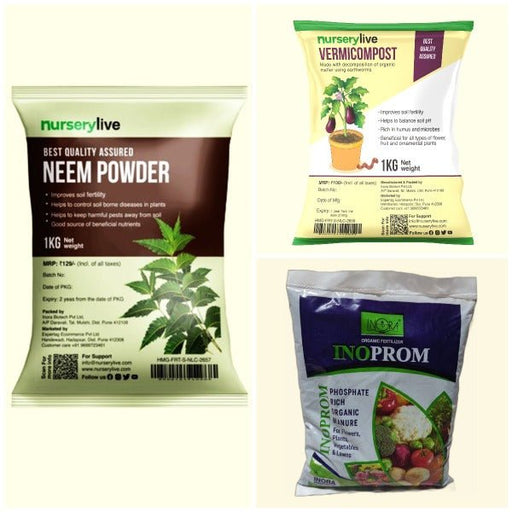 Save 16%
Save 16%
Combo of Top Plant Fertilizers Elevate your gardening game with our exclusive Combo of Top Plant Fertilizers, featuring two bags of premiu...
View full details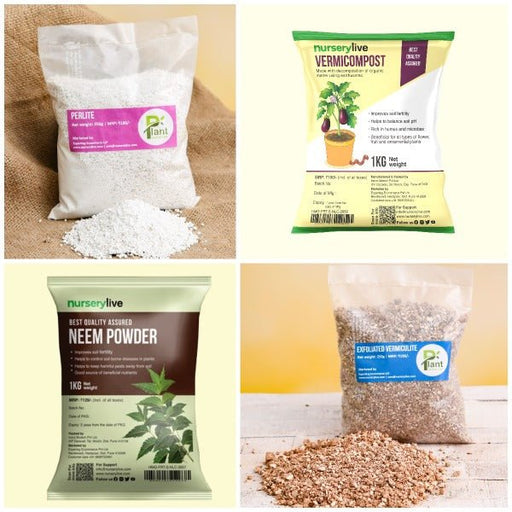 Save 24%
Save 24%
Pack of 4 Additives to Make Soil Healthy and Nutrient Rich Transform your garden into a thriving ecosystem with our Pack of 4 Additives de...
View full details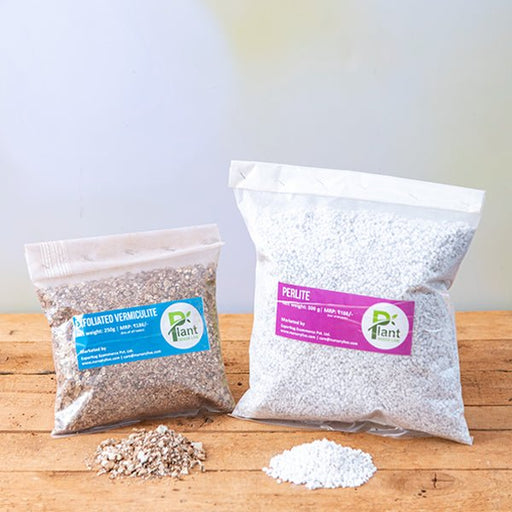 Save 30%
Save 30%
Transform your gardening experience with our premium Combo of Perlite and Vermiculite. This unique blend is designed to enhance soil aeration and ...
View full details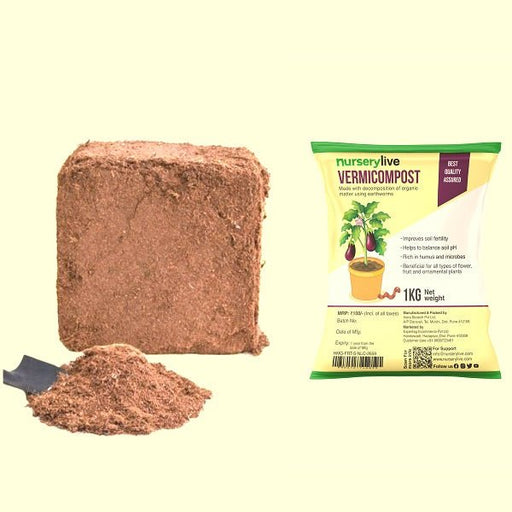 Save 27%
Save 27%
Combo of 2 Vermicompost and Cocopeat - Enrich Your Soil Naturally! Transform your garden into a thriving ecosystem with our Combo of 2 Ver...
View full details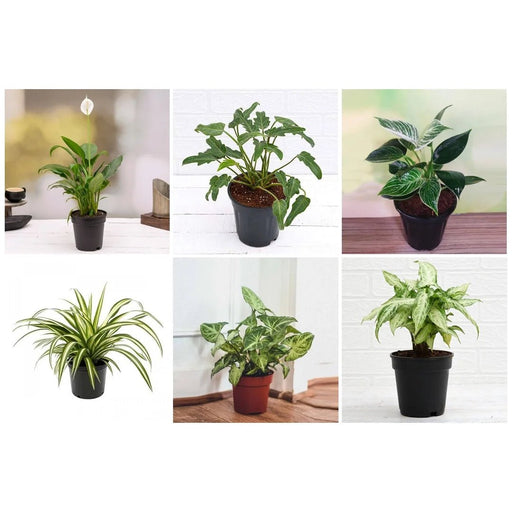
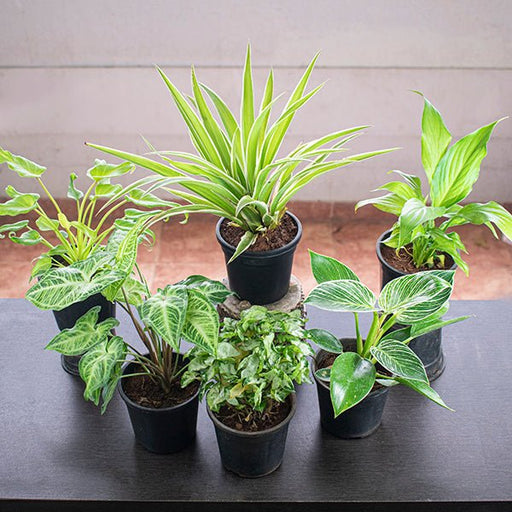 Save 35%
Save 35%
Best 6 Plants for Perfect Indoor Garden Transform your living space into a lush oasis with our curated collection of the Best 6 Plants for a...
View full details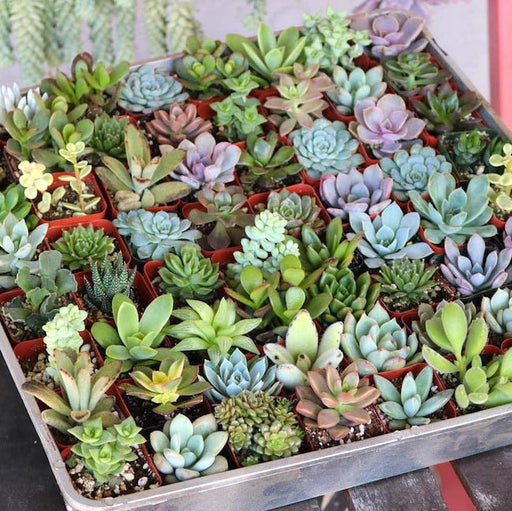
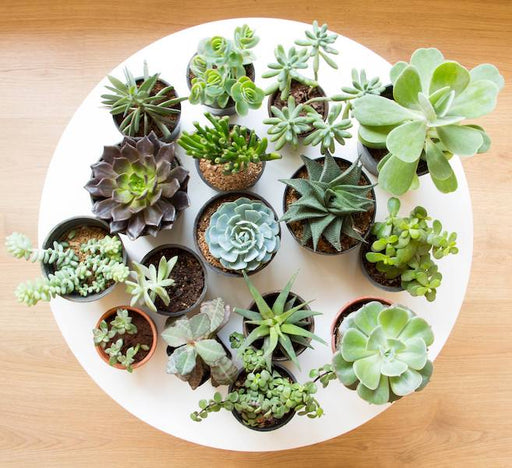 Save up to 50%
Save up to 50%
Mini Succulent Garden Pack Transform your space with our Mini Succulent Garden Pack, featuring a delightful collection of 4 any variety beautiful s...
View full details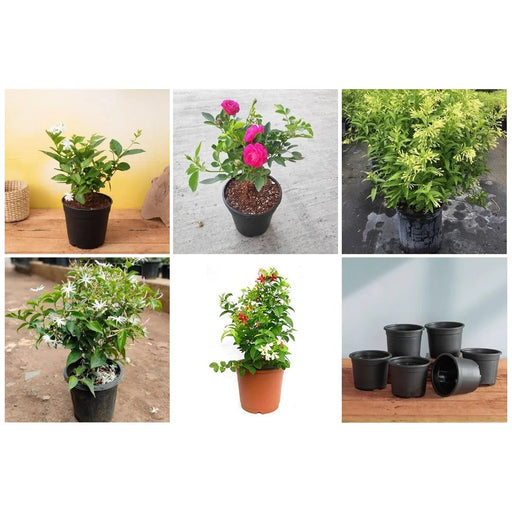
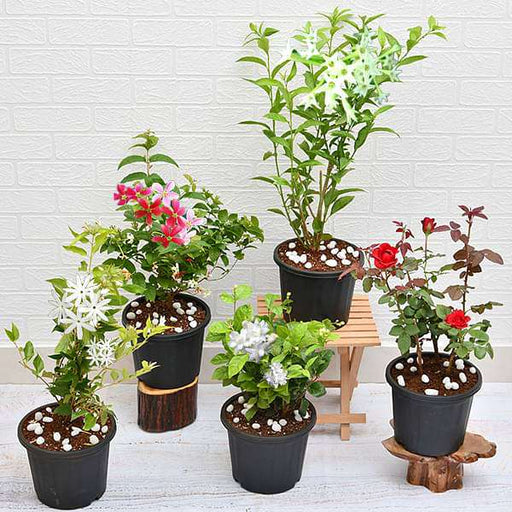 Save 30%
Save 30%
5 Best Fragrant Plants Transform your garden or indoor space into a fragrant paradise with our curated selection of the 5 Best Fragrant Plants. Th...
View full details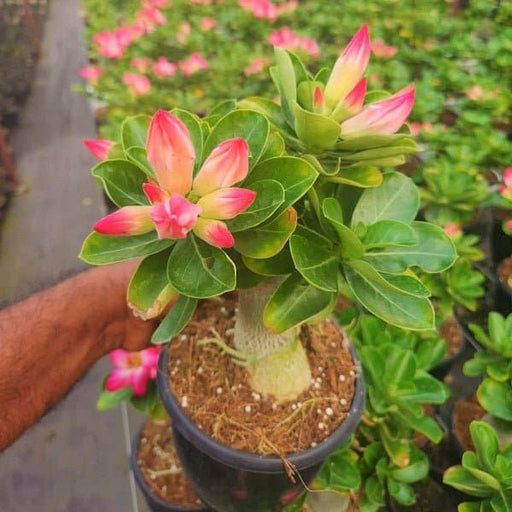
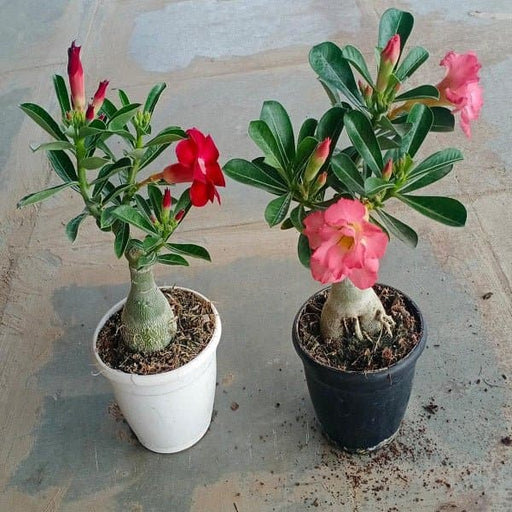 Save 24%
Save 24%
Set of 2 Bonsai Looking Grafted Adeniums Transform your indoor or outdoor space with our exquisite Set of 2 Bonsai Looking Grafted Adenium...
View full details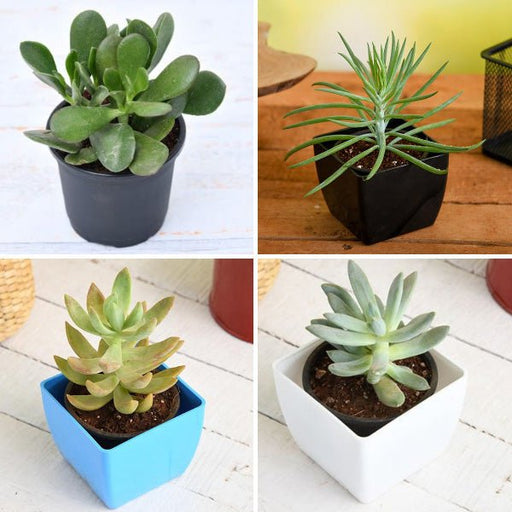 Save 45%
Save 45%
Top 4 Die Hard Succulents Pack Transform your indoor or outdoor space with our Top 4 Die Hard Succulents Pack, featuring a curated selecti...
View full details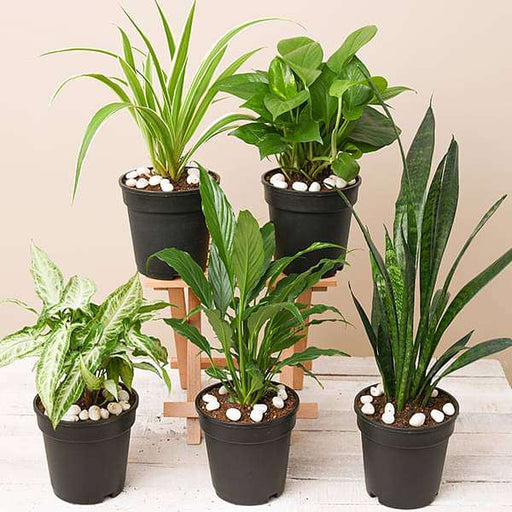
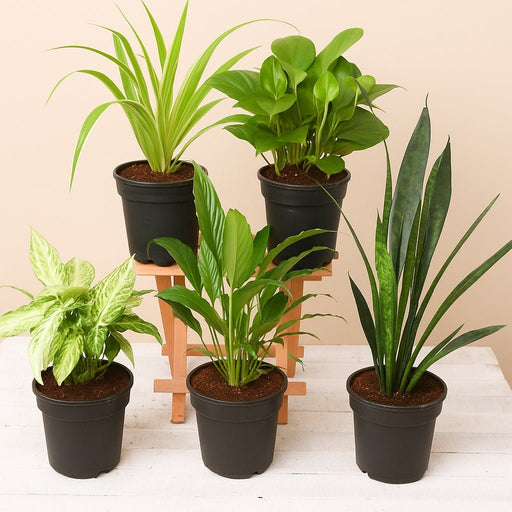 Save 30%
Save 30%
5 Best Indoor Plants Pack Transform your living space into a lush oasis with our '5 Best Indoor Plants Pack.' This carefully curated collection fe...
View full details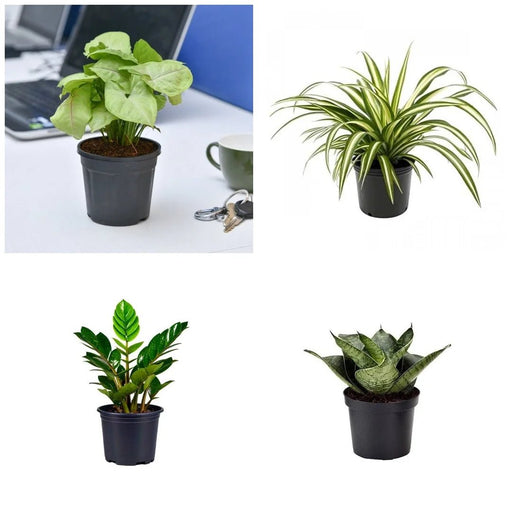
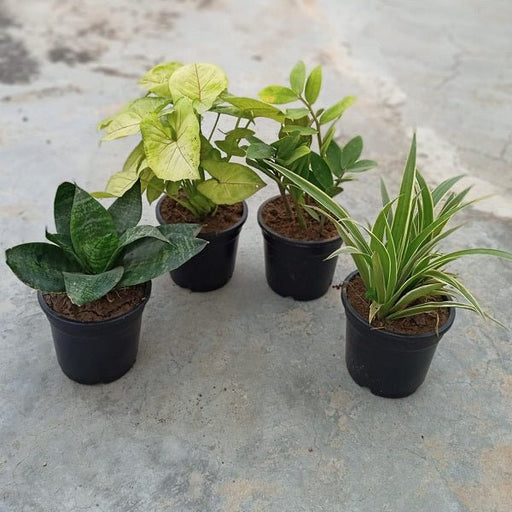 Save 25%
Save 25%
Set of 4 Evergreen Air Purifier Plant Pack Transform your indoor space into a lush, green oasis with our Set of 4 Evergreen Air Purifier Pla...
View full details| SrNo | Item Name | Qty |
|---|---|---|
| 1 | Hibiscus (Yellow) Plant | 1 |
The Hibiscus, commonly known as Gudhal, is a stunning flowering plant that captivates with its vibrant yellow blooms. This tropical beauty not only enhances your garden's aesthetic but also attracts pollinators like bees and butterflies, making it a vital part of the ecosystem. With its lush green foliage and striking flowers, the yellow hibiscus is a symbol of warmth and positivity, often associated with hospitality in various cultures.
What makes the yellow hibiscus special is its unique ability to thrive in diverse climates, from tropical to subtropical regions. This hardy plant can grow up to 10 feet tall, providing a stunning focal point in any landscape. Its flowers can bloom year-round in ideal conditions, offering a continuous display of color and beauty.
One of the special features of the yellow hibiscus is its medicinal properties. Traditionally, hibiscus flowers have been used in herbal remedies for their anti-inflammatory and antioxidant benefits. Additionally, the plant's leaves can be used to create natural dyes, making it a versatile addition to your garden.
Hibiscus plants play a crucial role in supporting local ecosystems. By attracting pollinators, they help in the reproduction of various plant species. Additionally, their ability to thrive in different environments makes them a sustainable choice for gardeners looking to enhance biodiversity.
If you think caring for a Hibiscus is as easy as watering a cactus, think again! These vibrant beauties require a bit of TLC. They thrive in well-drained soil and love a sunny spot, so make sure to give them the royal treatment. Regular pruning will keep them looking fabulous, and don’t forget to shower them with fertilizer during the growing season. Remember, a happy Hibiscus is a blooming Hibiscus!
The Gudhal flower, or Hibiscus, isn’t just a pretty face; it’s a powerhouse of benefits! Packed with antioxidants, it can help lower blood pressure and improve heart health. Plus, it’s a natural remedy for hair care, promoting growth and shine. So, while you’re admiring its beauty, you can also bask in the knowledge that it’s doing wonders for your health. Talk about a multitasker!
Did you know there are over 200 species of Hibiscus? From the classic red to the exotic yellow Gudhal flower, each variety has its own charm. Some are perfect for tropical gardens, while others can thrive in cooler climates. Whether you’re a collector or just a casual admirer, there’s a Hibiscus out there that’s just waiting to steal your heart. Variety is the spice of life, after all!
Sip, sip, hooray! Hibiscus tea is not just a refreshing drink; it’s a delightful way to enjoy the benefits of this fabulous flower. Brewed from dried petals, it’s tart, tangy, and oh-so-refreshing. Plus, it’s packed with vitamin C and can help lower cholesterol. So, next time you’re feeling fancy, brew yourself a cup and toast to your health with a Hibiscus twist!
If you want to add a splash of color to your garden, look no further than the Hibiscus! These show-stopping plants can be the centerpiece of any landscape design. With their large, vibrant blooms, they attract pollinators and create a tropical vibe. Plant them in clusters for a dramatic effect, or use them as a stunning backdrop for smaller flowers. Your garden will be the talk of the town!
Want to grow your own Hibiscus? It’s easier than you think! Propagation can be done through seeds or cuttings. Just take a healthy cutting, dip it in rooting hormone, and plant it in well-draining soil. With a little patience and care, you’ll soon have a new Hibiscus plant to show off. It’s like giving birth to a flower—minus the labor pains!
Beware, the Hibiscus has its fair share of uninvited guests! Aphids, spider mites, and whiteflies love to crash the party. But fear not! A little neem oil or insecticidal soap can send these pests packing. Regularly inspecting your plants will help you catch any infestations early. After all, you want your Hibiscus to be the belle of the ball, not a buffet for bugs!
Just like us, Hibiscus plants need a balanced diet to thrive. A good fertilizer can make all the difference in their growth and blooming. Look for a balanced, slow-release fertilizer that’s high in potassium to encourage those stunning flowers. Feed them during the growing season, and watch as they reward you with a spectacular display. It’s like giving your plant a gourmet meal!
The Gudhal flower comes in a rainbow of colors, each with its own personality! From sunny yellows to deep reds, these flowers can brighten any garden. Each color symbolizes different meanings—red for love, yellow for friendship, and white for purity. So, whether you’re trying to woo someone or just want to add some cheer to your space, there’s a Hibiscus color for every occasion!
Who knew that the Gudhal flower could be your hair’s new best friend? Packed with vitamins and amino acids, Hibiscus can promote hair growth and prevent dandruff. You can make a nourishing hair mask or use Hibiscus oil for a luxurious scalp massage. Say goodbye to bad hair days and hello to luscious locks, all thanks to this floral wonder!
The Hibiscus flower has a rich cultural significance across the globe. In Hawaii, it’s a symbol of hospitality, while in some Asian cultures, it represents beauty and femininity. It’s often used in traditional ceremonies and festivals, making it a flower that’s not just pretty but also steeped in meaning. So, when you plant a Hibiscus, you’re not just adding beauty; you’re embracing a world of culture!
The Hibiscus, or Gudhal Flower, is a tropical superstar known for its vibrant yellow blooms. This plant is not just a pretty face; it’s a hardy perennial that can brighten up any garden. With its large, showy flowers, it’s like the life of the garden party, attracting pollinators and compliments alike!
Caring for your Hibiscus is like nurturing a diva. It loves full sun, well-drained soil, and regular watering. Just remember, it’s not a fan of soggy feet! Fertilize every few weeks during the growing season, and watch it bloom like it’s auditioning for a floral fashion show!
Hibiscus, Gudhal Flower thrives in warm, tropical climates. Think of it as the sunbather of the plant world! It prefers temperatures above 60°F and can handle a bit of humidity. If you live in a cooler area, consider bringing it indoors during winter—no one likes a cold shoulder!
Watering your Hibiscus is like giving it a refreshing drink after a workout. Aim for once a week, but adjust based on the weather. If the top inch of soil feels dry, it’s time to hydrate! Just avoid drowning it; this plant prefers a sip over a swim!
Absolutely! Growing Hibiscus in a pot is like giving it a VIP section in your garden. Just ensure the pot has drainage holes and use quality potting mix. With proper care, your potted plant will flourish, making it the envy of all your garden friends!
Your Hibiscus might attract some uninvited guests like aphids and spider mites. Think of them as the party crashers of the plant world! Keep an eye out and treat them with insecticidal soap or neem oil. A little vigilance goes a long way in keeping your floral bash pest-free!
Patience is key! Your Hibiscus will typically start blooming within 6 to 8 weeks after planting. It’s like waiting for a good movie to premiere—worth it! Once it starts, expect a show-stopping display of yellow flowers that will have everyone talking.
Hibiscus is a tropical plant, so winter can be a bit harsh. If you live in a cooler climate, it’s best to bring it indoors before the frost hits. Think of it as giving your plant a cozy winter retreat—just make sure it still gets some sunlight!
Good news for pet lovers! Hibiscus, Gudhal Flower is generally non-toxic to cats and dogs. However, that doesn’t mean they should munch on it like a salad. Keep an eye on your furry friends; they might just be curious about that vibrant yellow beauty!
Propagating your Hibiscus is like creating mini versions of your floral superstar! You can take stem cuttings in spring or summer. Dip them in rooting hormone, plant them in moist soil, and keep them warm. With a little TLC, you’ll have new plants ready to steal the spotlight!
Growing Hibiscus is like having a personal cheerleader in your garden! It adds vibrant color, attracts pollinators, and can even be used for herbal teas. Plus, it’s a great conversation starter—everyone loves a plant that looks good and has a story to tell!